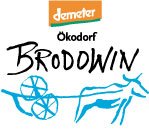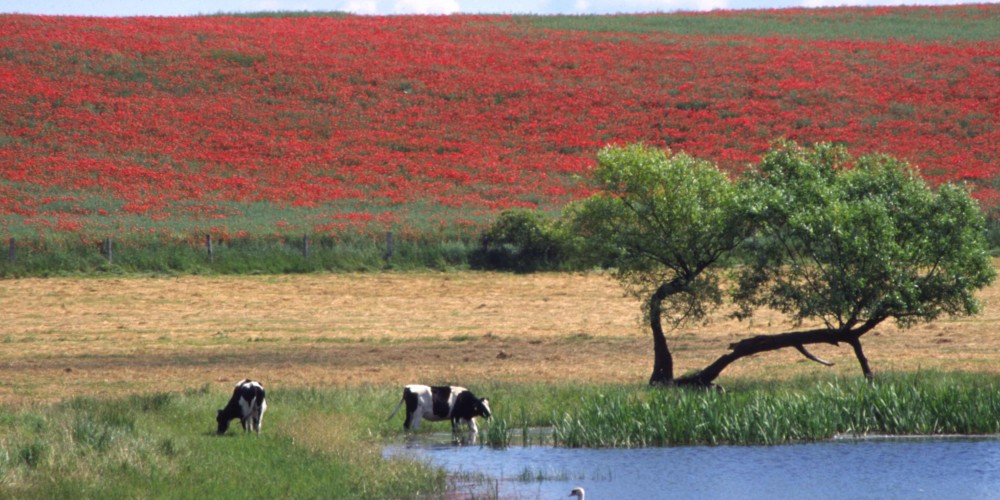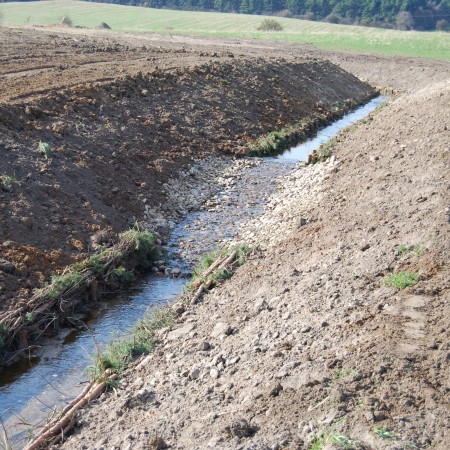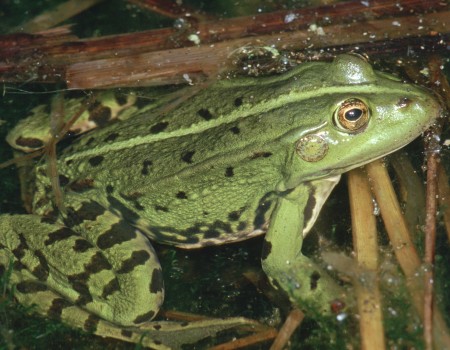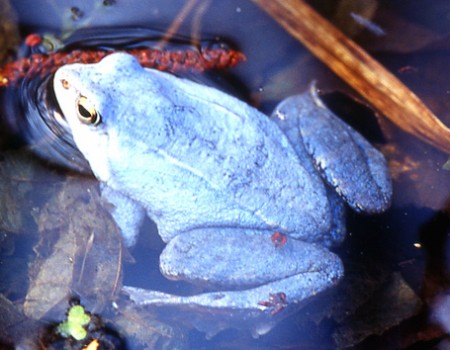Wet meadows and kettle holes
Background
Wetlands and kettle holes are special habitats – areas of transition, where dry and permanently wet regions interchange. They are located in the vicinity of river valleys, lakes and valleys in arable landscapes. The diversity of their local plant and animal species is astounding. As early as the beginning of the 19th Century numerous wet meadows were transformed by extensive land improvement measures into cultivated meadows and fields. This has caused hydrophilic animal and plant species to disappear from these areas.
